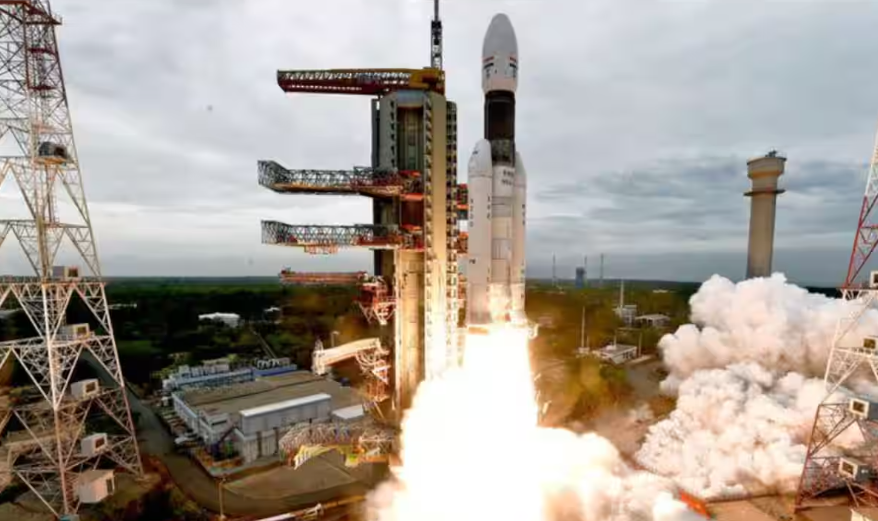The Indian National Space Promotion and Authorisation Centre has published an Expression of Interest for the same after the Indian Space Agency opted to transfer the technology to multiple private players to manufacture Small Satellite Launch Vehicles (SSLV) for interested parties. Private players in the Indian space industry are governed by the IN-SPACe. According to the requirements, the consortium’s president or any interested private parties must be profitable and have a minimum annual revenue of Rs 400 crore. If interested in placing a single offer, the replies must have been in business for at least seven years and have at least five years of manufacturing expertise, excluding new-age rocket startups.
The SSLV configuration’s intellectual property rights will remain under ISRO’s ownership as long as the technology is transferred. However, the chosen party will receive a non-exclusive and non-transferable licence to the rocket technology. The 500 kilogramme payload limit of the SSLV that ISRO conceived and constructed is fuelled by solid fuel. According to IN-SPACe, only Indian private firms will receive the technology needed to produce SSLV.
When asked how IN-SPACe is participating in the technology transfer process when ISRO already owns the technology under the name NewSpace India Ltd, a senior ISRO official responded to IANS, “The contract would be with NSIL. According to its mandate, IN-SPACe is assisting the transaction. The rocket with satellites has been flown twice by the Indian space agency. The second mission was successful while the first mission was a failure. In the next ten years, more than 20,000 satellites are anticipated to be launched globally due to the growth of the commercial space sector, as stated by Euroconsult.
The nation’s total lift-off capability must be rapidly multiplied in order for India to have a sizable portion of the commercial launch services industry. In order to do this, it is necessary to supplement ISRO’s launch capability by enabling Indian commercial entities to own and use launch vehicles created by ISRO as well. The SSLV technology may be distributed to several parties in the interest of the country, claims IN-SPACe.
Small satellite launches to low earth orbit (LEO) have been increasingly popular over the years, and this trend is expected to continue. It is anticipated that 8–10 launches will take place each year. According to the note requesting EoI, SSLV manufacturing technology will be given to Indian private firms that are eager to adopt the technology, establish production and business activities, and participate in the global satellite launch market for small satellites. The qualified candidates will be chosen from the pool of interested responses based on their track record managing multidisciplinary turnkey projects and their aptitude for assimilating SSLV from ISRO, including aerodynamics, structural design, auxiliary systems, propulsion technologies, avionics, and others. The chosen candidates will subsequently speak with ISRO and IN-SPACe to gain more knowledge of the technology transfer procedures. A Request for Proposal (RFP), seeking techno-commercial bids, would then be created and submitted to the shortlisted bidders.
On August 2, 2023, a pre-EoI conference will take place. The deadline for submitting an expression of interest is in August 2023, and on September 23, 2023, prospective bidders will be screened and identified. The RFP will include the minimal baseline cost for technology transfer, which must include both technology transfer costs and handholding fees for 24 months or until the realisation of two SSLV rockets, whichever comes first. To this degree, the commercial bids submitted in response to the RFP must exceed the minimal baseline cost, and the highest bidder would be chosen. The note requesting EoI stated that the Transfer of Technology process must be completed within 24 months or as soon as two SSLV rockets are realised, whichever comes first.




